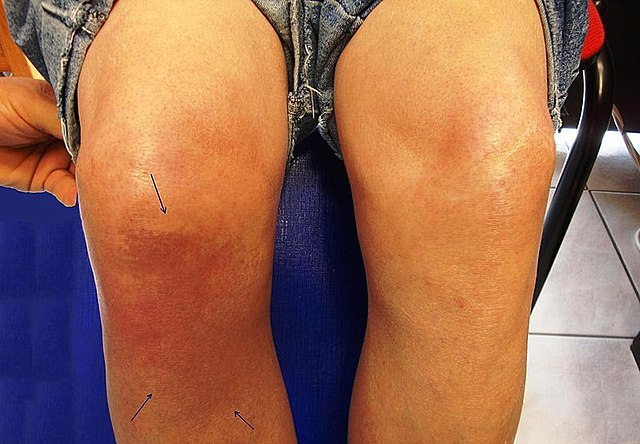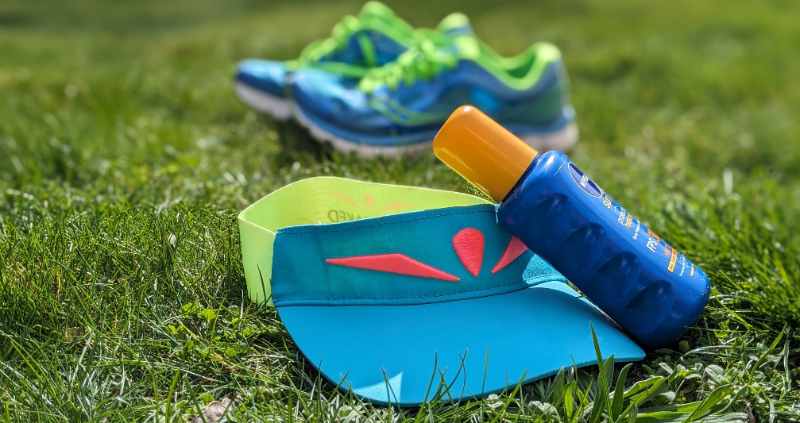Patellar Tendonitis or Jumpers Knee
 Patellar Tendonitis
Patellar TendonitisPatellar Tendonitis is also know as Jumpers Knee because it is often caused by the up and down motion of running and jumping.
The patellar tendon runs from the bottom of your knee cap (patella) to the top part of your shin bone (tibia) and it is about 4 - 5 cm long.
The tendon works with your thigh muscles when you extend your knee. Every time that you straighten your knee, you are using your patellar tendon.
What is Patellar Tendonitis
Your knees, including the patellar tendons, are subject to a lot of force when you jump, kick or run. If you overdo things or don't warm up properly then the patellar tendon is prone to injury.
When the patellar tendon is overworked or traumatized, small micro tears appear in the tendon which then leads to inflammation and a weakening of the tendon.
Causes of Patellar Tendonitis in Runners
Although it is common in basket and volley ball players, hence the name jumpers knee, it can often occur in runners. Causes include:
- Increasing your mileage or running intensity too quickly.
- Changing your running shoes and not allowing your feet to adapt.
- Tight quadriceps muscles (front thigh) or tight hamstring muscles (back of your leg).
- Muscular imbalance whereby certain muscles have a stronger pull on the patellar tendon causing it to be under pressure.
- Weak thigh muscles meaning more pressure is put on your knees.
Signs and Symptoms
- The main sign is pain. Most commonly the pain is situated where the tendon is, in other words just below your knee cap. You may also have pain under your knee cap or on either side of it. The pain is worse when you do any activity that involves extending your knee so this might be climbing stairs, jumping, running, squatting or going downhill.
- The knee is stiff in the morning or after inactivity.
- Sometimes, you can visibly see thickening of the tendon
Treatment
Like any tendonitis, the longer you leave it untreated and the longer that you allow it to to be subject to damage, the longer and harder it becomes to treat.
If you can catch patellar tendonitis in the very early stages, you have a good chance of healing it within a couple of weeks, otherwise it could take several months.
- As with a lot of running injuries, the first thing to do is to stop running and REST the tendon. Take a week off running before gradually testing the tendon on a very short, flat run.
- Apply ICE to the tendon. Do this three of four times a day for 10 minutes at a time.
- Consider using a KNEE STRAP for when you are doing daily activities and for when you return to running. The knee strap aims to take the load off the tendon. I have tried a few knee straps and for me personally this knee strap was my favorite.
- Gently STRETCHING your hamstrings and quads on a daily basis.
- Start a program of ECCENTRIC DECLINE SQUATS.
I looked everywhere on how to make a DIY slant board but couldn't really find anything that was quick and easy. This video was the best that I could come up with.
If you'd rather not make one, then have a look at this wooden slant board on Amazon.
(Please note that as an Amazon associate I earn from any qualifying purchases)
